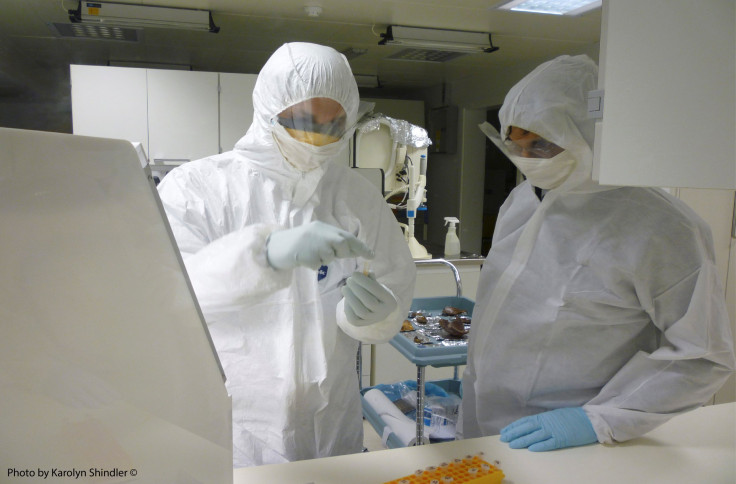‘Piltdown Man’ Hoax Was Most Likely The Work Of A Single Forger — Charles Dawson

When the big-brained, ape-jawed fossil fragments of the Piltdown Man were discovered in a U.K. village in 1912, it was immediately hailed as a major missing link between ape and man — something that, if true, would have been a huge breakthrough in the field of evolutionary biology. However, as it was discovered 40 years down the line, it was something far less groundbreaking — an elaborate and audacious forgery.
When the hoax first came to light in 1953, the needle of suspicion, quite understandably, fell on Charles Dawson — the amateur archaeologist who claimed to have made the “discovery” — and the renowned British palaeontologist Smith Woodward, who along with Dawson, presented the findings to the Geological Society of London in 1912.
However, they were far from the only suspects. Even the Sherlock Holmes Creator Arthur Conan Doyle — a dilettante palaeontologist — was briefly considered.
Now, in a new study published in the journal Royal Society Open Science, a team of researchers has argued that the hoax was the handiwork of just one forger, rather than many, and it probably wasn’t Doyle.
“Although multiple individuals have been accused of producing the fake fossils, our analyses to understand the modus operandi show consistency between all the different specimens and on both sites,” lead author Isabelle De Groote from Liverpool John Moores University in England, said in a statement. “It is clear from our analysis that this work was likely all carried out by one forger: Charles Dawson.”
Using DNA sequencing of the teeth and CT scans of the mandible, the research team concluded that the bones used to create the fake came from a single orangutan specimen — most likely a member of the subspecies that lives in Sarawak, Borneo — and at least two human specimens — possibly from the medieval period.

“The same modifications were made on the orangutan and human material from both the Piltdown sites,” co-author Chris Stringer from the Natural History Museum, London, said in the statement. “It points to the central involvement of Charles Dawson, the only person known to be connected with the supposed discoveries at the second Piltdown site.”
Given that no new Piltdown fossils were found after Dawson’s death in 1916, and that he had the access and connections necessary to obtain the human and orangutan specimens, the researchers believe that he alone committed the hoax, with Woodward becoming an unwitting participant.
“Despite the consistency in production, our novel analyses of the materials from Piltdown have shown that the forger was not a trained conservator. Some aspects of the work show inexpert skills, resulting in bones fracturing, putty setting too fast and teeth cracking while being filed down,” the authors wrote in the study. “Perhaps, if the five years of World War I had not intervened, and more people had been given access to the original material (rather than the casts that were made and offered to other scholars for study), the forgery would have been discovered earlier.”
© Copyright IBTimes 2025. All rights reserved.






















